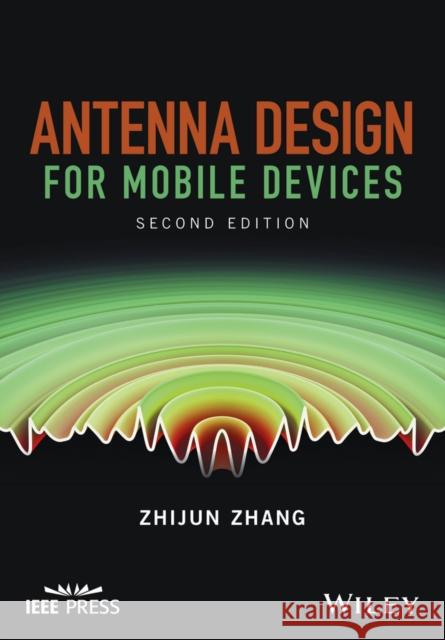Antenna Design for Mobile Devices » książka
topmenu
Antenna Design for Mobile Devices
ISBN-13: 9781119132325 / Angielski / Twarda / 2017 / 320 str.
Expanded and updated, this practical guide is a one-stop design reference containing all an engineer needs when designing antennas
- Integrates state-of-the-art technologies with a special section for step-by-step antenna design
- Features up-to-date bio-safety and electromagnetic compatibility regulation compliance and latest standards
- Newly updated with MIMO antenna design, measurements and requirements
- Accessible to readers of many levels, from introductory to specialist
- Written by a practicing expert who has hired and trained numerous engineers











